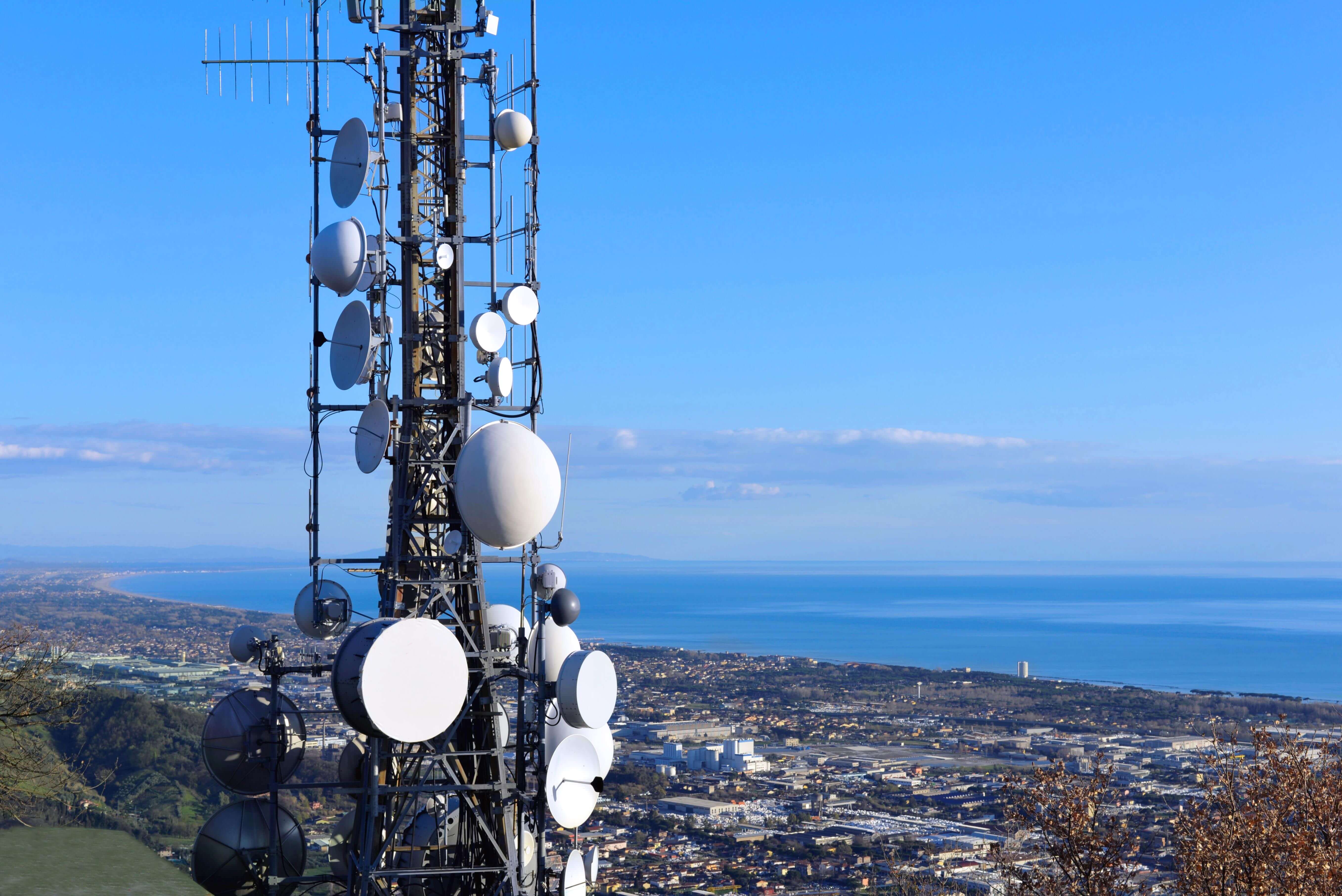What is the safest distance coming from a 5G cell Tower system?

If you've ever walked through a city and spotted tiny mini 5G cell towers on the poles of street lights. They look like small boxes however they're actually sending wireless signals from cellular providers to your mobile.
The smaller ones are being replaced by the larger, purpose-built cell towers. Although they're not as visible however, they could create problems for those who live nearby.
A of the FCC's Radiation Exposure Thresholds
The FCC's Radiation Exposure Thresholds define the safe distance that an individual can be exposed to electromagnetic radiation from wireless devices. The limits for exposure are based on research that show that RF energy can cause harm to health.
The specific absorption rate (SAR) is an indicator of the amount of radiofrequency energy that is absorbed by tissue. It's typically 1.6 Watts per kilogram spread over a Gram of tissue.
Since 5g is able to transmit at higher frequencies, it has the potential to increase the intensity of energy on the skin and other exposed body parts. This can lead to many potential harms, including exacerbated appearance of skin conditions such as dermatitis and skin cancer and cataracts.
Due to the possible harmful effects of radiation from 5G, PSU has chosen to create a general limits on power density, which is 4mW/cm2 averaged over 1 cm2, but not to exceed 30 minutes for all 5G services running at 3000 GHz. This localized limit is in accordance with the maximum spatial-average SAR of 1.6 W/kg averaged over 1 grams of tissues at six GHz.
The FCC's Maximum Exposure Thresholds
If you've ever operated a cell phone, then you're aware that a safe location from the tower is around 400 meters away. This is because the transmitting power of the cell tower is significantly increased the further the tower is.
While this sounds like an ideal idea however, those living close to towers could be more prone to health issues. For instance, a study conducted in 2014 in India discovered that people who lived within 50m from cell towers suffered significant more health issues than those who lived farther far from antennas.
But, the study showed that residents who moved to areas further away from the cell towers saw their symptoms return to normal within a couple of days. Other studies have demonstrated that exposure to extreme levels of radiofrequency electromagnetic fields (EMFs) can lead to brain tumors, cancer and other health issues.

This is due to the fact that radiofrequency radiation, which is used for wireless communication, has the ability to penetrate the body's outer layer, which is the skin. It is vital to be aware of this because the skin acts as a shield against mechanical injury, infection by pathogenic microorganisms, and the entry of harmful substances. The skin is the biggest organ in the human body. It is responsible for maintaining the integrity of other organs.
The FCC's Minimum Exposure Thresholds
The FCC's Minimum Exposition Thresholds depend on several assumptions that are not supported by scientific research. safe distance from cell tower include the erroneous assumption that exposures of a short duration to RF radiation are safe because of the minimal penetration into the body (i.e. the heating of tissues).
This assumption does not take into account the more extensive penetration of ELF parts of modulated RF signals as well as the effects of brief bursts of heat from pulsed RF waves. These assumptions do not correspond with current knowledge of the biological consequences of RF radiation, and thus, they should not be relied upon for health-protection exposure standards.
In addition there is the fact that both ICNIRP and FCC restrict their exposure limits to local peak SARs, based on the maximum spatial specific absorption rate (psSAR) that is not a reliable dosimetric instrument to assess the amount of exposure to RF radiation. Particularly, psSAR is safe distance to live from cell phone tower for frequencies above 6 GHz. In what is a safe distance from a cell tower , psSAR is not been evaluated for RF radiation with co-exposure to other agents of the environment such like sunlight. Interactions of RF radiations with different environmental agents may result in antagonistic or synergistic impacts. This can lead to an increased risk of adverse health consequences. For example, co-exposure to RF radiation along with exposure to sunlight can increase the risk of skin cancer and exacerbate other skin disorders, such as acne.
